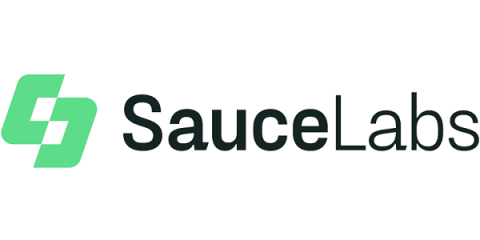Systems | Development | Analytics | API | Testing
November 2020
Live Mobile App Testing with Real Devices (Android) using Sauce Labs
Introduction to Sauce Labs Platform
Why Product Managers Should Care About Testing
A product manager’s job first and foremost is to deliver value to their customers with the products they oversee. In order to ensure quality, those products need to be tested. Testing before release in a well thought-out manner gives product managers the confidence to create and execute high quality products and user experiences.
New Tricks in Selenium 4
In my last posts, we talked about how to contribute to Selenium, and why we’re bumping the version number to 4. That’s enough preamble! Today, we’ll cover some details about the new tricks and capabilities that Selenium 4 offers.
Live Web App Testing on Mobile Browsers with Real Devices using Sauce Labs
Live Testing on Sauce Labs Using Web Browsers and Virtual Machines
Live Web App Testing on Mobile Browsers with Virtual Devices using Sauce Labs
How To Do Multi-Touch Gestures in Live Testing
Many organizations are working toward digital confidence by optimizing their testing practices. This may look like reconfiguring the delivery pipeline to integrate quality more meaningfully, moving test infrastructure to the cloud, and automating an increasing number of test cases. While all of these are helpful steps on the road to achieving digital confidence, some use cases might not benefit from more automated testing.
From Commit to Production at Netflix.com
Welcome to Test Automation Day & What's New and Next at Sauce
How Transformation in Application Development is Driving Innovation and Change in Testing
Quickstart to Automated Functional Testing with Visual Testing
You have decided to add the power of Selenium automated testing to your testing strategy, but are overwhelmed with how much learning is involved. The Selenium automation framework can be intimidating, and getting started with little to no experience can be a massive undertaking for any organization. The good news is that there is a great way to get started with automated functional testing and it’s not what you would expect: visual testing!














